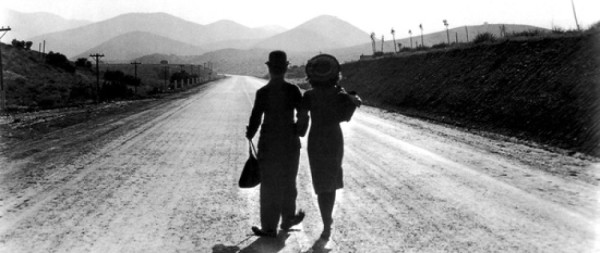Adventures of Zatoichi (Zatoichi sekisho yaburi)
Directed by Kimiyoshi Yasuda
Written by Shozaburo Asai; story by Kan Shimozawa
1964/Japan
Daiei Studios
First viewing/FilmStruck
[box] Zatoichi: Such mischief, in broad daylight! Right under the watchful eye of Mister Sunshine. Put the young lady down. I don’t hear an answer. If I’m blind, and you’ve gone mute, this could be difficult. No, no. Don’t move. Move and you’ll find yourself split in two.[/box]
The presence of actor Shintaro Katsu as the blind swordman ensures that each film in the series will be at least enjoyable even as the style and quality of the direction varies.
In this one, blind Ichi shows up in a village to celebrate the New Year. Vendors in town are feeling the pinch from the tax gouging of an evil magistrate and his gang boss enforcer. Simultaneously, Zatoichi promises to help a young girl locate her father, who was killed at the behest of the boss. Ichi won’t enjoy a peaceful New Year after all.
The best of these films have an almost Yojimbo-like sense of grim humor. This one is pretty bleak. But Shintaro Katsu as the hero never takes himself seriously and is as lovable as always.
Trailer – No subtitles




